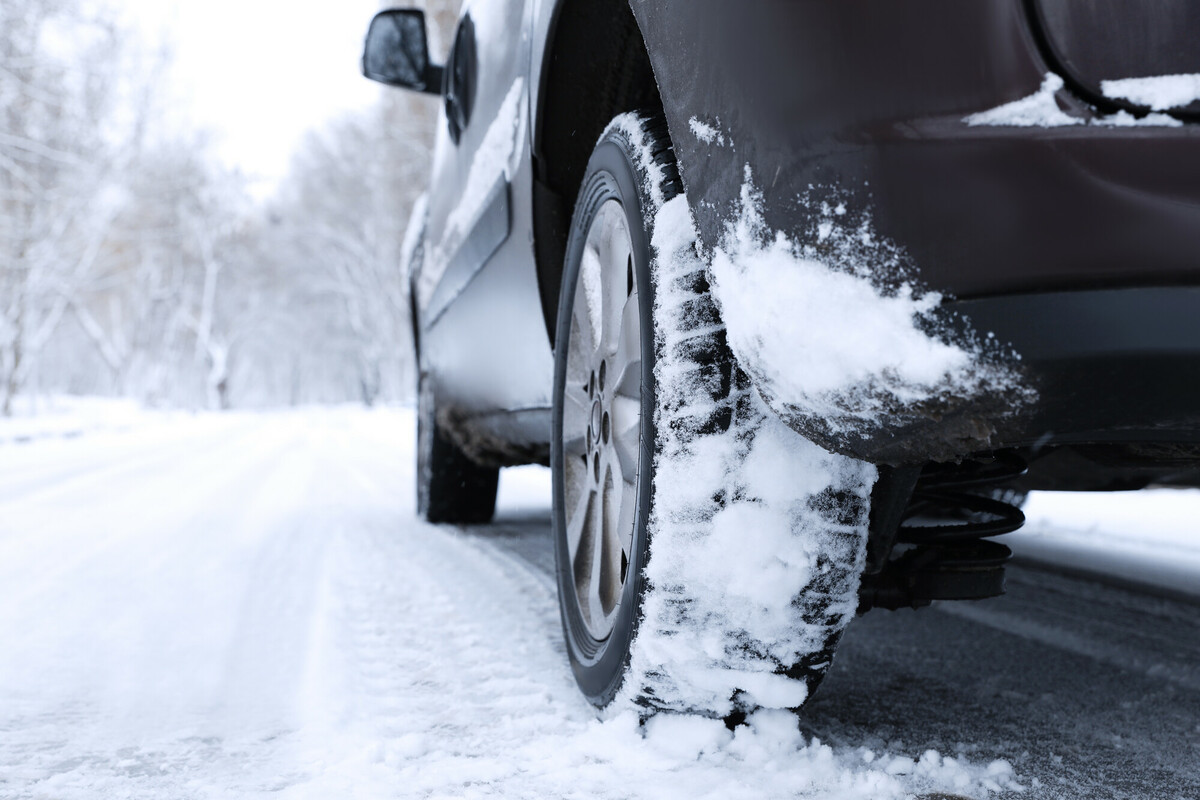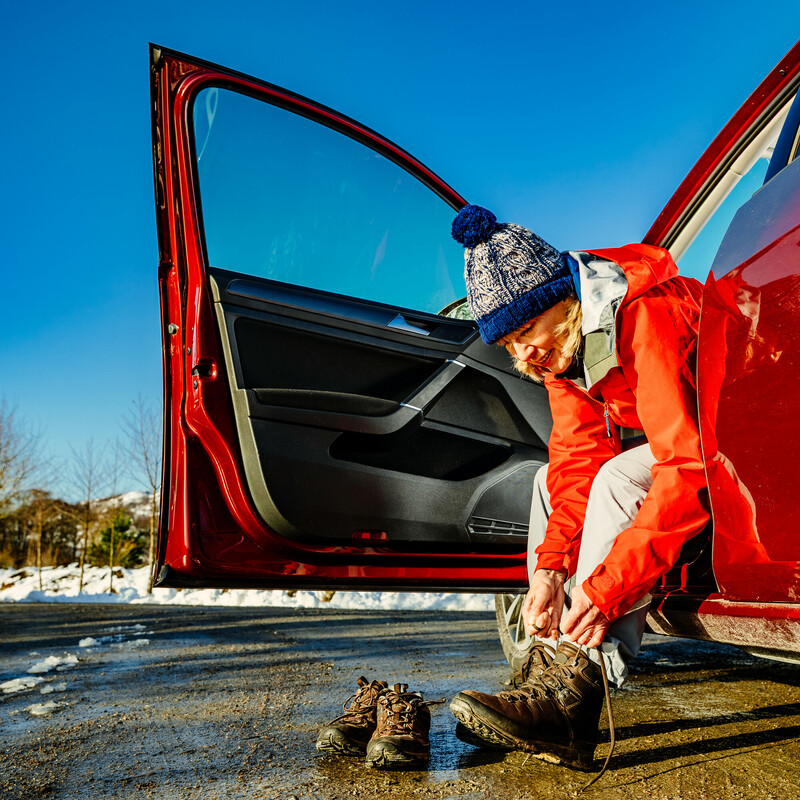Winter driving is seldom fun or especially pleasant, with drivers having a lot more to contend with in terms of wet and cold weather, inclement driving conditions and the fact that, let’s face it, no matter how hard everyone tries, damp, mucky footprints are always going to leave their tell-tale mark behind in the car.
Luckily, there are a few ways to make winter driving a lot safer and more comfortable. Some of the features here are accessories that can be bought from bigger automotive accessory retailers while others, well, let’s just say they may play a part in helping you decide on your next car.
Winter tyres

Winter tyres are one of those things you don’t need until you do. Because Ireland has fairly mild winters, most drivers here get by well enough all year round on summer tyres. Once there’s a fall of snow though, all bets are off, and parts of the country grind to a halt. Winter tyres aren’t the same as studded tyres; instead, they’re made from a softer compound with deeper cuts all of which not only helps to disperse water and snow, but allows the rubber to move around more, improving its contact with the road.
Winter tyres work best at temperatures below seven degrees Celsius and, regardless of whether there’s snow or ice, at lower temperatures they significantly outperform summer tyres in terms of traction, braking and cornering. All of this means that if you’ve got a set fitted to your car, you may well be able to keep going when others can’t.
Bear in mind though that winter tyres can be a pain to store if you don’t have much space in your attic, shed or garage and that to avoid swapping around all four tyres twice a year, you’ll probably also want to buy an extra set of wheels.
Heated seats

It can take some time for a car’s cabin to warm up on a cold morning, and heated seats can make sure you’re toasty that much sooner. Heated seats are specifically designed to warm your body and its core making them a lot more efficient than relying on heating the cabin air to get warm. This is particularly important if you drive an electric car, as heating the entire cabin uses quite a bit more energy — potentially depleting your driving range — than applying heat directly where it’s needed. While heated seats are sometimes still seen by carmakers and buyers as a luxury extra, they’re becoming much more commonly seen on run-of-the-mill cars.
Heated windscreen

It may be obvious but heated windscreen is one of those things you’ll wonder how you ever did without. The idea is simple: with the touch of a button, an electrical filament between the windscreen’s two sheets of glass heats the windscreen from within, defrosting and defogging it within a couple of minutes or less, while also helping free up frozen wipers. Ford held the most useful patent on heated windscreens for some time, but in recent years they’ve been appearing on cars from Land Rover, Skoda, Opel, Jaguar, SEAT, Nissan and MINI.
Heated windscreens put quite a drain on the battery, so don’t use one without the engine running, but they certainly beat trying to defrost the windscreen with de-icer spray and kettles of tepid water.
Air conditioning

Air conditioning is nearly more useful in the winter than the summer as, short of a heated windscreen, it’s the most effective way to demist the inside of your car. An air conditioning unit essentially acts as a dehumidifier, taking moisture out of the air inside your car, meaning that it comes in very handy especially on rainy days when you find your windscreen fogging up; switching on the air con can demist your windscreen in seconds.
On frosty mornings, after de-icing their windscreen from the outside, drivers are often left with a condensation-covered screen on the inside and, while it’s never a good idea to set off without good visibility (keep a cloth or a towel in the car to mop your windscreen), turning on the air-con in conjunction with the heater on cold mornings can help clear condensation all the faster. If your car has air conditioning, incidentally, it’s a good idea to turn it on for a few minutes every week even in winter as it prevents the system from drying out and losing its effectiveness.
Rubber mats

For proud car owners, there are few things more distressing than the sight of a big muddy footprint on a lovely clean mat or carpet. That’s where rubber mats come in. Rubber mats are basically the same as regular mats and usually come in (more or less) similar generic dimensions meaning that, unless you want branded versions, they can be bought cheaply at an automotive accessories retailer. The beauty of rubber mats is that they can be removed from the car, easily hosed down and quickly dried making them ideal for those who don’t want to have to resort to breaking out the hoover and the carpet-cleaning spray every other day.
Boot liner

A boot liner is, as its name suggests, a plastic liner that fits in your boot and is usually flanged around the edges to prevent water seeping out. Easily available and not especially expensive from dealers and accessories retailers, they can be bought to fit your specific model of car or, more cheaply, in generic sizes. Boot liners are perfect for storing mucky boots and other wet items during the winter, minimising the level of damp and dirt that makes its way into the cabin and into the shag of the carpet. Unlike winter tyres or heated seats though, a boot liner is just as useful in the summer as the winter as it’s also ideal for storing shoes, wetsuits, toys and blankets after a trip to the beach to make sure sand doesn’t get into the car.